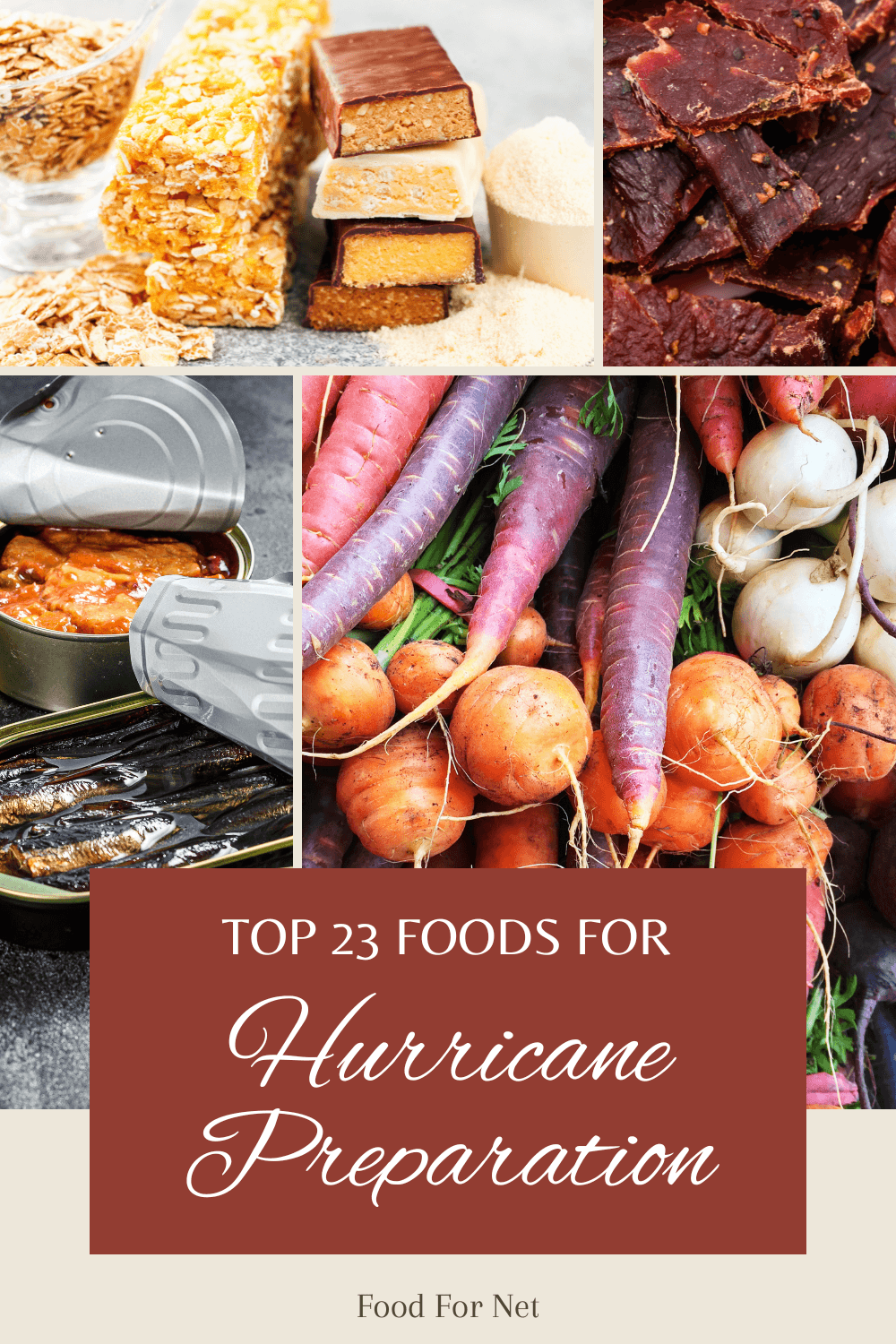
What is in your hurricane preparedness checklist? This should include any emergency medicine that you might need and more. It is also important to stock up on the best foods for hurricane preparation.
The Atlantic hurricane season usually starts in June and lasts till November, although storms can still occur in other months. In that time, there are usually more than 10 that occur in a season, with almost half being categorized as a hurricane.
What is the difference between a storm and a hurricane? It all has to do with wind speed. A tropical storm will have a wind speed of 73 MPH and less, while a hurricane should reach 74 MPH. Hurricanes are further categorized depending on their sustained winds.
Using the Saffir-Simpson Hurricane Wind Scale, category 1 hurricanes have a sustained wind of 74-95 MPH. Category 2 will have 96-110 MPH and can cause extensive damage. Category 3 and above are major hurricanes and will cause devastating and catastrophic damage, from uprooting trees and damaging homes. There is also a loss of electricity and residents may not be able to live in their houses for some time due to the extent of the damages.
One of the deadliest recent hurricanes was Hurricane Katrina, which was a category 3 hurricane that led to around 1,200 deaths. It is also one of the costliest hurricanes, with more than 120 billion dollars in damages. There was also Hurricane Ian, which caused more than 100 deaths and considerable property damage.
Because of climate change, hurricanes are now stronger so it is very important to be prepared in case it will hit your area. Food is one of the things you need to focus on.
Most hurricanes may cause power outages, so you need to check your frozen meat to see if it can still be cooked or frozen again. Most room temperature foods are no longer good after a few hours. It’s best to stock up on non-perishable foods like canned goods and the like. Here are some of the best foods for hurricane preparation.
Best Foods for Hurricane Preparation (With Pictures!)
Canned Goods
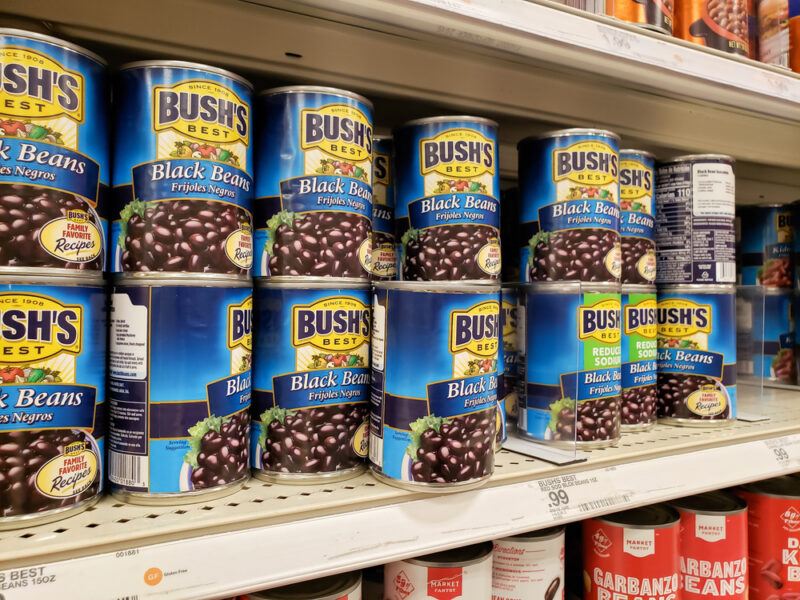
First on the list are canned goods. They are the perfect choice when disaster strikes because they can last more than a year on your shelf and they will still be safe to eat. In fact, if the can isn’t damaged in anyway way, it could last many years. Most types can also be eaten without having to be cooked, perfect for when you do not have access to a stove or fire.
But if you are watching your salt intake, be sure to only get the low-sodium varieties of these canned goods. Some products have too much sodium in them and that is not healthy. Keep an eye out for additives and concerning ingredients as well.
Canned goods are also excellent because there’s such a wide selection. Not only are there fruits, vegetables, and beans, but you can also pick up canned tuna, salmon, and chicken. Don’t forget about Spam either.
The canned meats are fantastic, as they’re an easy source of protein. Spread them on crackers, bread, or bagels, and you’ll be eating like kings.
Dry Cereal
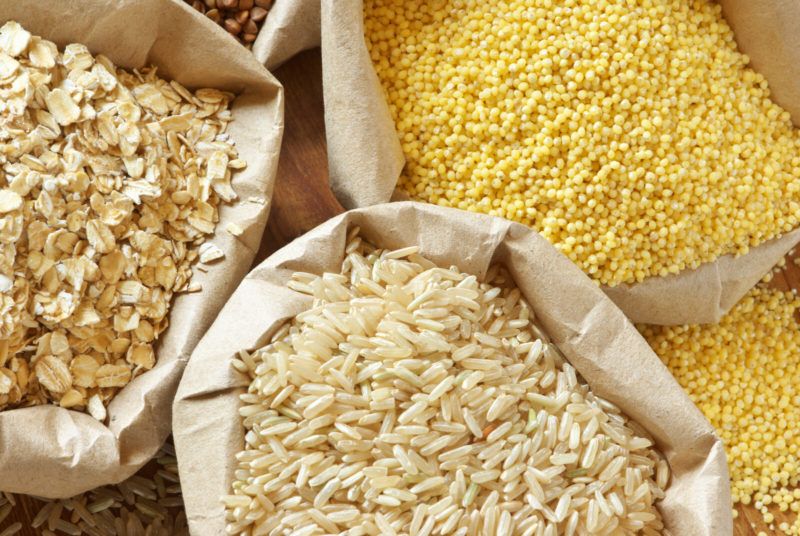
Dry cereal is another thing that should be in your pantry in case of emergencies. They can provide lots of nutrients depending on what product you will choose. Aside from the usual types that you buy, you can also join cereal of the month clubs so you can find some more interesting flavors.
When buying cereals for your stock, look for those that are packed individually instead of big boxes. This way you can enjoy them fresh as they will not go stale after you have opened them. Products that are relatively low in sugar are a good choice too, particularly if they offer a decent amount of protein.
Peanut Butter
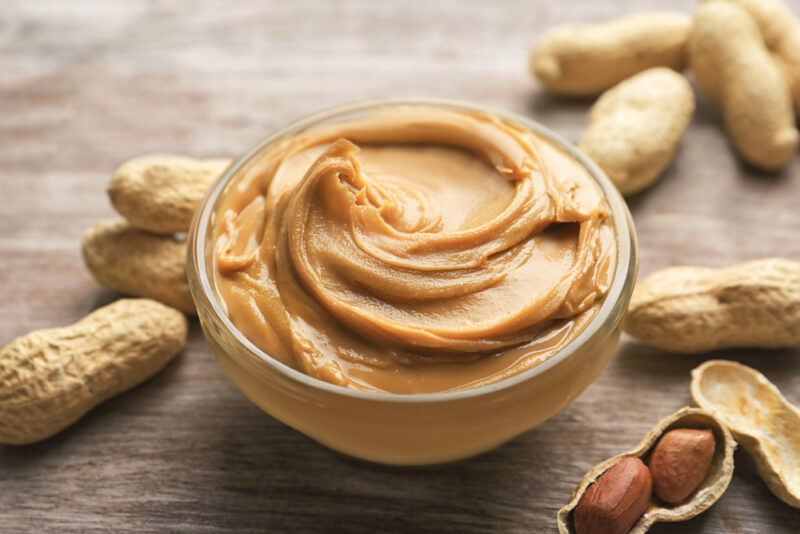
Many households already have peanut butter in their houses and this spread will last a long time. However, this is a case where you’re better off with processed peanut butter rather than a very natural product.
Natural peanut butter often just contains peanuts and salt or even just peanuts. Such peanut butter will last a little while outside the fridge, but will turn rancid before long. More processed peanut butter tends to have added preservatives and stabilizers. These keep it stable for much longer. Don’t worry, this type of peanut butter is still very good for you.
Peanut butter is a concentrated source of nutrition including, calories, and fat. It provides plenty of protein as well, which makes it very filling. While most nuts have a similar nutrient profile to peanuts, some have a better balance of fatty acids and nutrients. You could look for these instead, such as in the form of almond butter or cashew butter. However, those artisan butters may have a shorter shelf life than processed peanut butter.
Nuts and Trail Mix
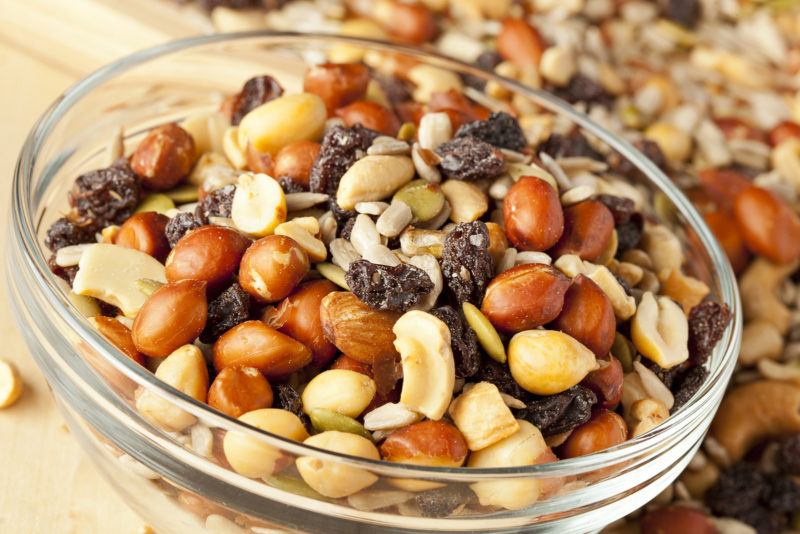
Chips and other junk food would do well on the shelf, but they do not have nutritional benefits compared to nuts and trail mix. Make your own mix and store them in airtight containers so that they will not go stale. They are good for any emergency, not just hurricanes so make sure to stock some not just in the house but also in your car as well.
You can even have them as a snack for days when you have to skip lunch due to being busy. They are high-energy so you will not feel weak during the day despite not having a full meal.
The balance of ingredients makes a big difference in the health impact of your trail mix. Try focusing on plenty of nuts and seeds, plus a little dried fruit. Too many sweet ingredients, like dried fruit and chocolate, aren’t great, as you can easily end up with a sugar-loaded snack that isn’t terribly good for you.
Crackers
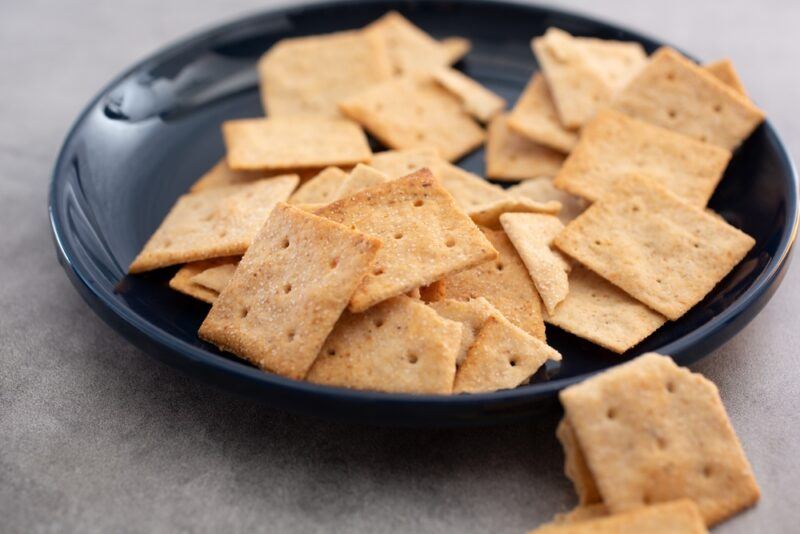
Crackers are perfect for snacks and can be easily paired with your peanut butter for a filling meal. Crackers can have a shelf life of six months so you can store them for a while in your stockpile. The dry variety is better as it can last longer.
There are some crackers that are just plain while others can have flavors. There are those with herbs, seeds, or even cheese. Choose one that all the members of the family can enjoy. But hey, it won’t hurt to stock up with different kinds of crackers as well.
Dried Fruits
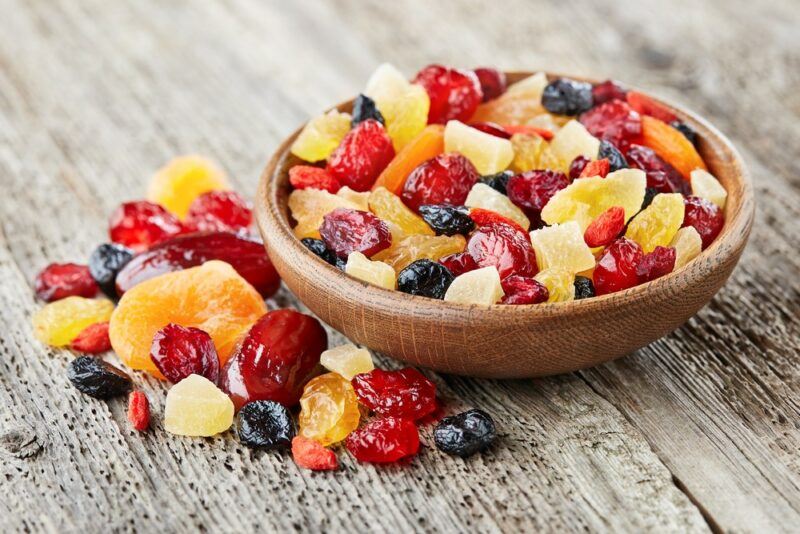
If you’re looking for something a little sweeter, make your own mix of dried fruits like raisins, figs, cranberries, or apricots. They can last for a long time and are very nutritious too. Include them in your trail mix so you can add more sweetness to your creation.
Since these dried fruits are rid of their water content, either naturally through sun drying or through dehydrators, they will last a long time. Most can be stored at 60ºF for a full year, or six months at 80ºF.
Powdered Milk
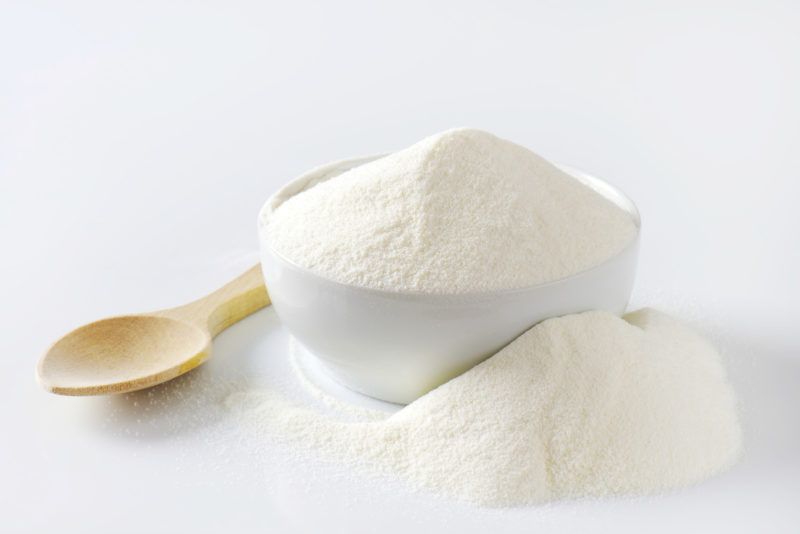
While some fresh milk may be shelf-stable until opened, it would be a better choice to stock up on powdered milk instead. Most fresh milk becomes spoiled when they are no longer refrigerated. With powdered milk, all you need is fresh, clean water and you are good to go.
They will last for months even years on the shelf unopened so they are a good investment. Once opened though, a good rule of thumb is to consume within three months.
Apples
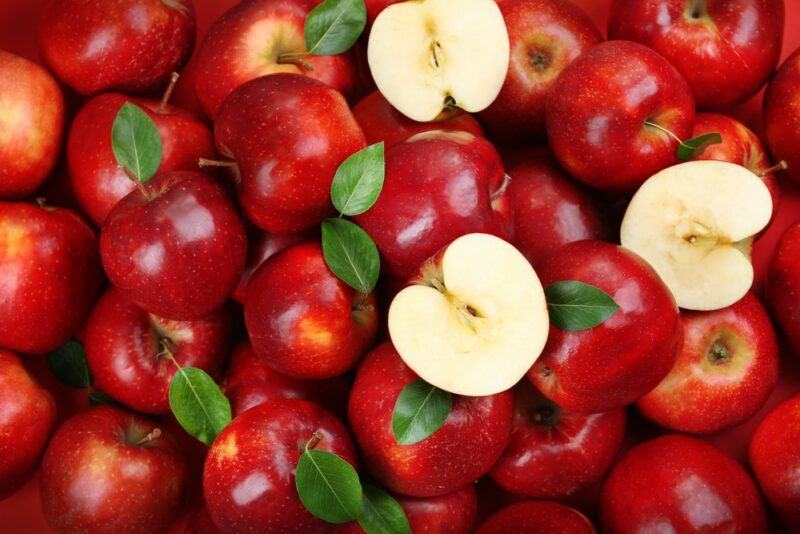
The next foods on the list are perishable ingredients but they all last a decent amount of time outside the fridge. Some shouldn’t even be stored in the fridge to begin with. Take apples for example, even without the refrigerator, they can last about five days or even up to a week.
If you will only lose power for a few days due to the hurricane, apples are perfect to store for hurricane preparation. Check to see that they have not shriveled up or become mushy. Check out these apple of the month clubs for some ideas on the different types of apples and find out if some varieties last longer outside of the fridge than others.
Root Vegetables
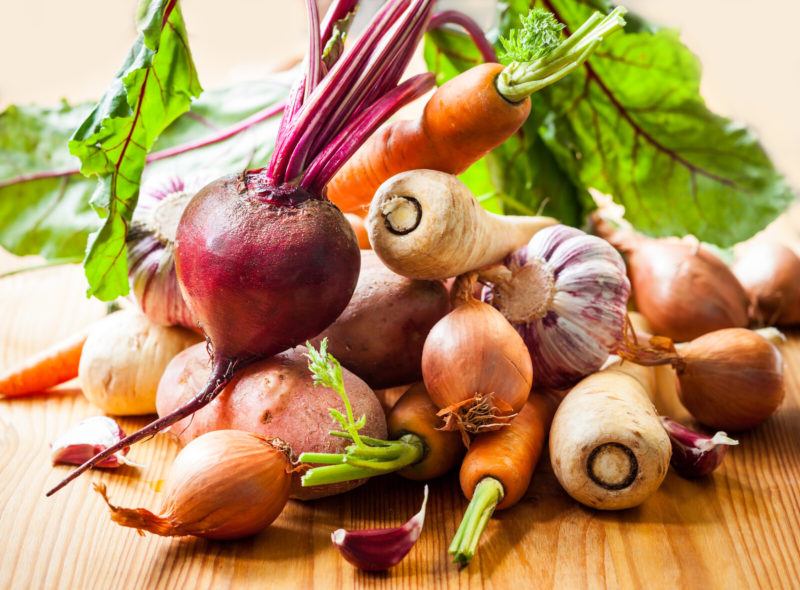
While you may not have electricity, you may have access to a stove. In that situation, root vegetables like yams, potatoes, and sweet potatoes can be incredibly helpful. After all, they’re much less processed than canned vegetables and should be much more nutritious (they’re typically lower in sodium too).
Potatoes can actually last for a month if stored properly in a cool, dark place. Don’t forget about using a root cellar! Yes, you don’t need a fridge to store them so they are perfect right? Root vegetables are also very versatile and can be made into a variety of dishes, from latkes to potato balls.
Cucumbers
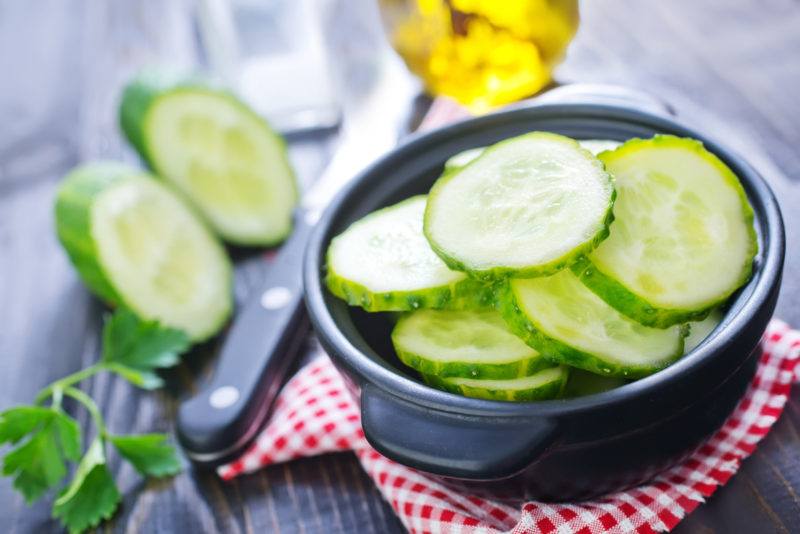
Another vegetable that would last well even if not refrigerated is cucumbers. They are very healthy and would make a great side dish or even drink. The best thing about cucumbers is that they do not have to be cooked or even peeled. Simply slice the cucumber and use it as part of a salad or sandwich.
It’s a great source of hydration as it’s 95% water. You can even use them as noodles, much like the zucchini has been used as an alternative for pasta. Add a splash of sesame oil and other flavorings and you’ll have a sumptuous and refreshing meal that does not require any cooking.
Jerky

Speaking of protein, why not keep some jerky on hand? This is extremely shelf stable, so it will be completely fine outside the fridge for as long as you need.
Instead of turning to regular jerky from the local store, why not splash out? There are some amazing artisan jerky companies out there, who create some truly delicious products with interesting textures and flavors.
You could even join a jerky of the month club. These are a fantastic way to stock up, as they ship out different jerky products each month. Some even feature a wide variety of brands, giving you plenty of products to try for yourself.
High Quality Protein Bars
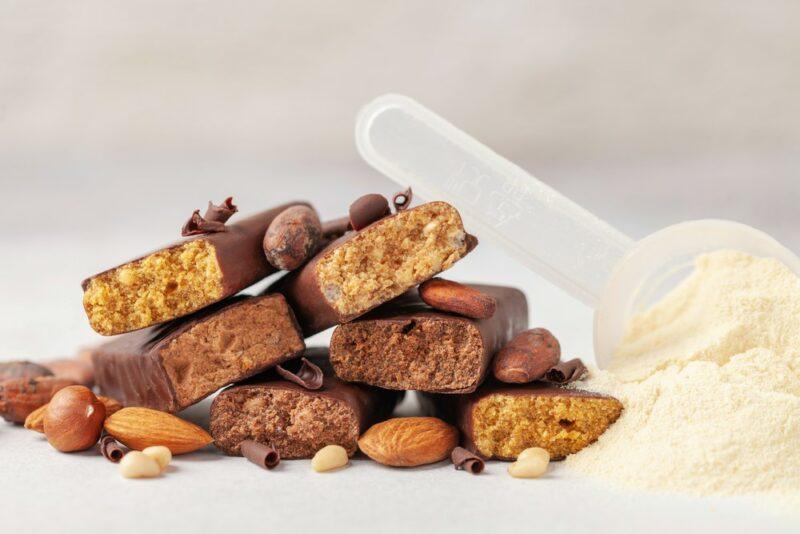
While protein bars are often processed, they’re fantastic snacks in a pinch. Some of them are even designed to offer as much protein and nutrients as a full meal.
The amount of processing also means that protein bars are shelf stable for a long time. Of course, you need to choose wisely. Some protein bars are more processed than they need to be and are packed with additives.
Try looking for organic or clean protein bars. These are often healthier and may rely more heavily on whole food ingredients.
You might even make your own protein bars ahead of time. These won’t be as shelf stable as those from the store, but they should still last a while.
Pasta
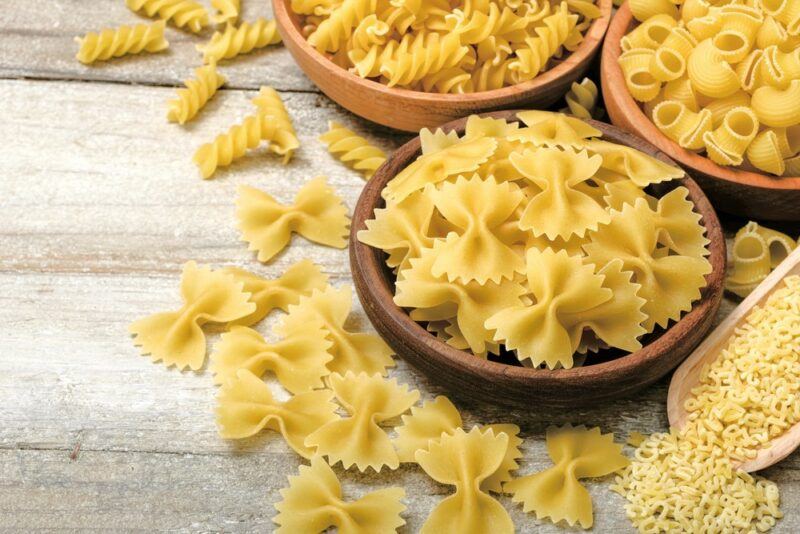
Here’s a less exciting addition – dry pasta. Pasta can actually last around two years if you store it well. Unopened bags of pasta have a particularly long life.
Pasta is helpful because you can use it in so many ways. Pasta, canned meat, and a can of tomatoes could easily become a tasty meal. You don’t even need power, just a camp stove or some other way to boil water.
Rice
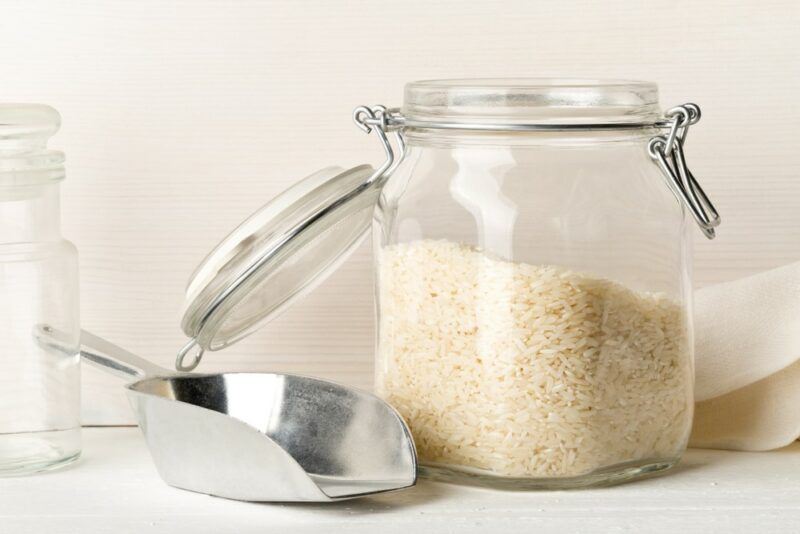
Then there’s rice. It has similar benefits to pasta, including being very shelf stable and pairing well with plenty of ingredients. You could get away with either pasta or rice, but why not have both? After all, pasta and rice work well with different ingredients. It’s also nice to have some variation.
White rice is the fastest to cook, but try focusing on brown rice if you can. This tends to be more nutritious, which is always helpful if your food selection is limited.
Pop-Tarts
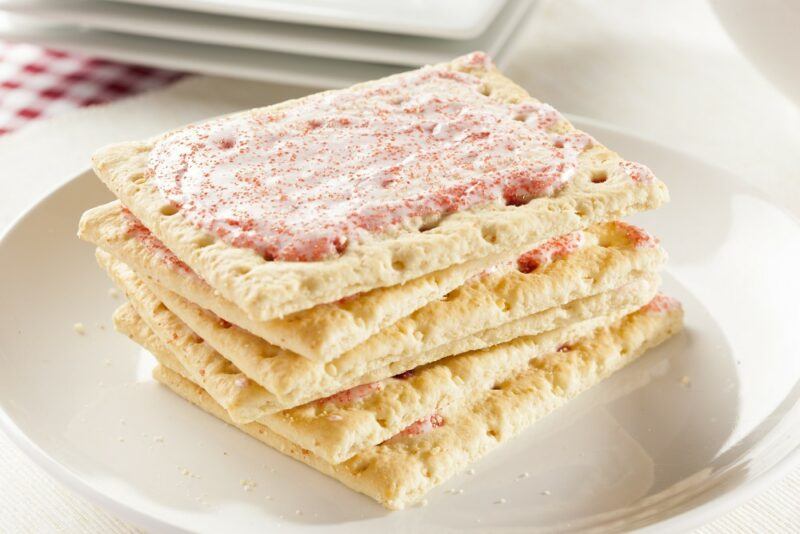
Here’s an interesting addition. Pop-Tarts don’t offer much nutritionally, but they’re a delicious sweet treat (and don’t actually need to be toasted!).
What’s more, there’s sometimes a rush on Pop-Tarts when a hurricane is announced – suggesting that many people turn to them. Why not? Who says that your hurricane stash should only focus on healthy food?
Some Reddit users even mention that it’s wise to have some sweet treats. Dealing with a hurricane is bad enough without also needing to deal with food you don’t really like.
Oatmeal
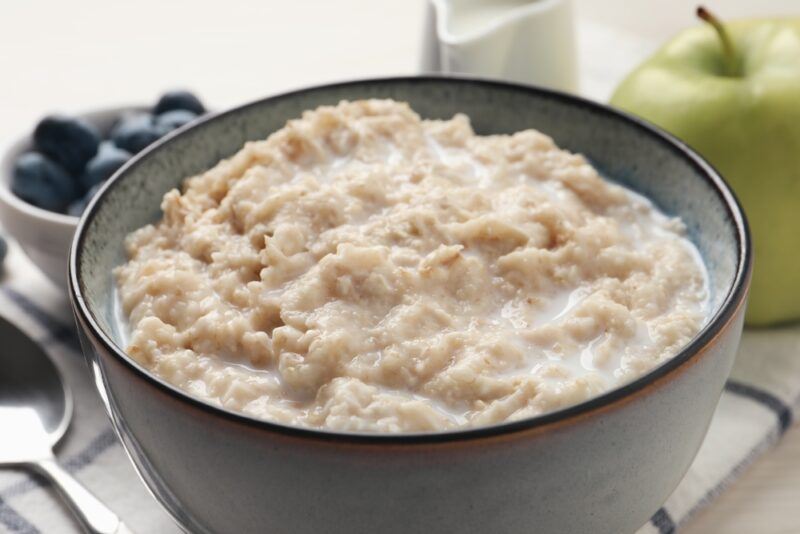
Oatmeal is a decent choice too. It makes for a filling breakfast and gives you plenty of fiber. It’s easy to prepare with a camp stove too. You mightn’t have real milk on hand, but it can be made with water in a pinch. Dehydrated milk is helpful too.
Alternatively, you could use oats ahead of time to make an oatmeal cake or some other type of oat-based treat. There are plenty of delicious recipes and many foods should last at least a few days without power, if not longer. It’s even possible to eat oats raw, as long as you soak them a little first.
Dehydrated Meals
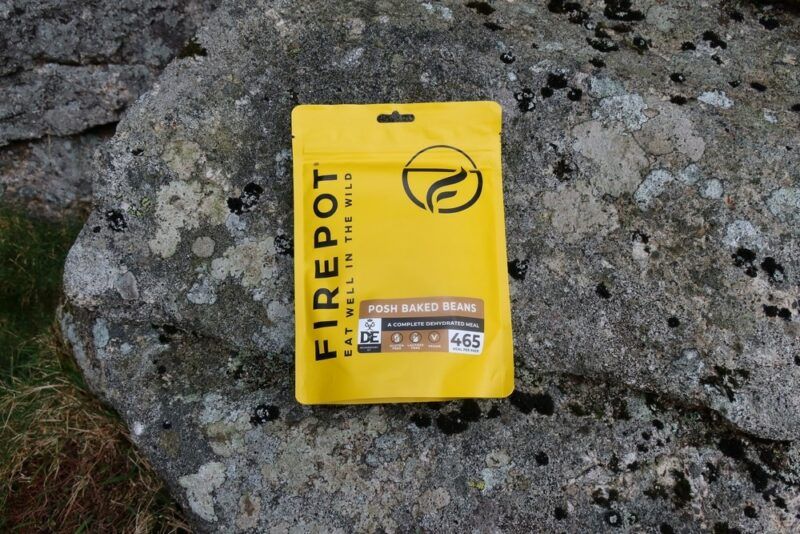
Dehydrated meals, like those from Mountain House, are specifically designed to be prepared while camping or in emergency situations. They often provide a decent amount of protein and nutrients, while most just need hot water to prepare. Some may even be fine with cold water.
You’ll often have a camp stove, a charcoal grill, or perhaps even a generator, so boiling water shouldn’t be a big problem. You could even stock up on meals just in case. Some companies even have emergency kits, where you can buy a large amount of food for a fairly low price per unit.
Single Serve Condiments
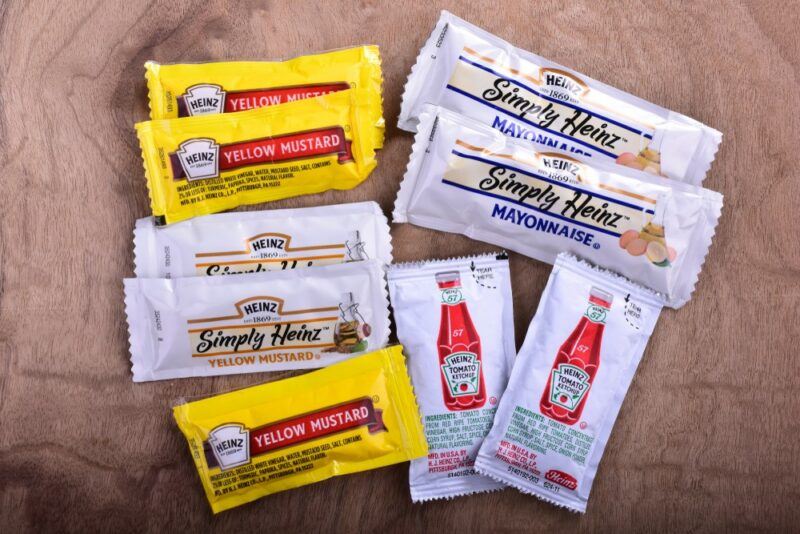
You know the little single serve condiments often found in restaurants? They’re fantastic during a hurricane, as they’re typically shelf stable and are ready to use. The individual packets should last longer than a large bottle of ketchup, mustard, or mayo – and keep their flavor better too.
Condiments are seriously amazing, as they lift the flavor of every single meal. This is perfect, as your food selection normally isn’t that exciting.
Salsa And Tortilla Chips
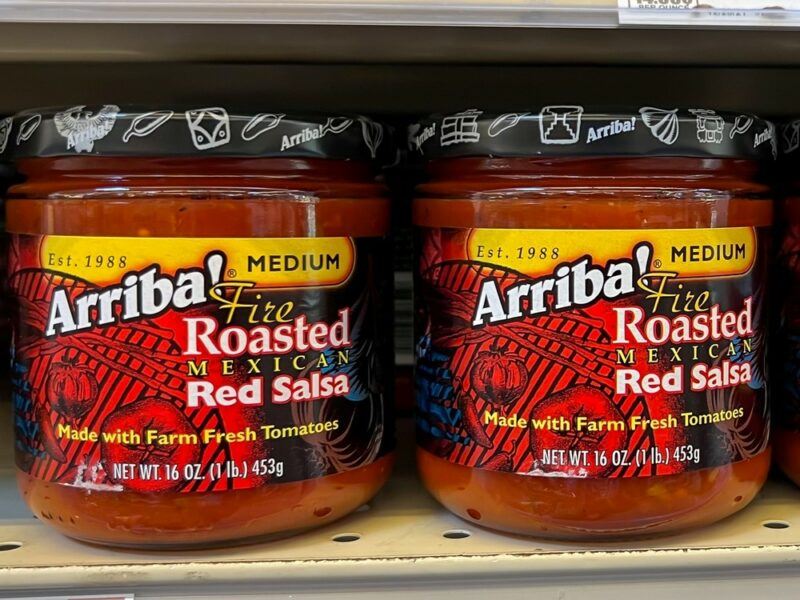
A jar of salsa from the grocery store is often shelf stable until it’s opened, making it another perfect choice for your hurricane prep. You can easily pair the salsa with tortilla chips, which gives you a delicious and familiar snack.
To make things even better, why not mix in a can of black beans? The beans bump up the nutrient content and give you a much more filling meal.
Besides, salsa and tortilla chips don’t taste at all like emergency food. This feature can make your experience much less overwhelming.
Canned Soup
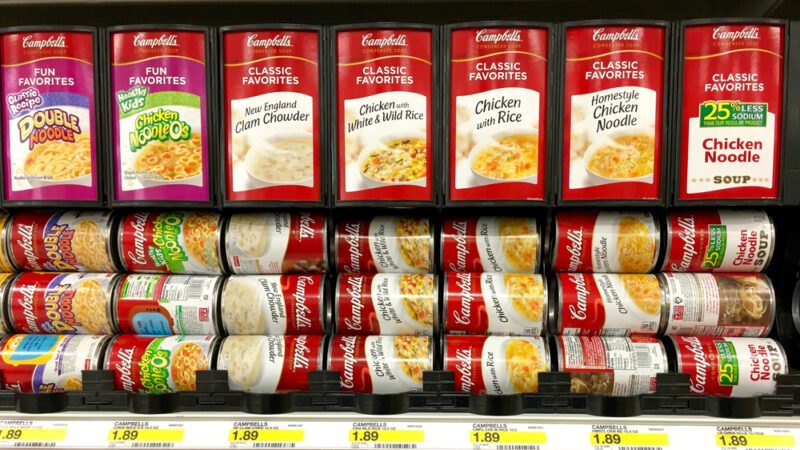
While we’ve already talked about canned food, canned soup deserves a special mention. There are plenty of flavors and styles, including some protein packed options.
And, in a pinch, many canned soups don’t even need to be heated. They’re tastier when served hot, true, but they are often entirely safe to eat chilled. This is perfect if you have no way to heat food or are conserving fuel.
Coffee
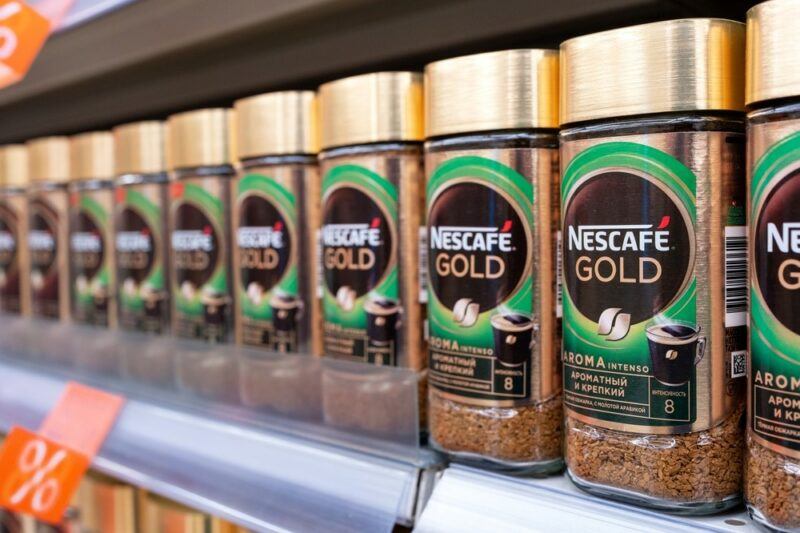
Coffee is a drink rather than a type of food. It’s also far too essential to leave off this list. This is particularly true if you rely on coffee every day. Having to suddenly go without it would make your entire hurricane experience so much worse.
Seriously, who wants to deal with caffeine withdrawal in the middle of an already difficult situation? Instant coffee is the easiest to work with and has a decent shelf life. You can even make it using cold water, although it takes longer for the coffee powder to dissolve.
Alcohol
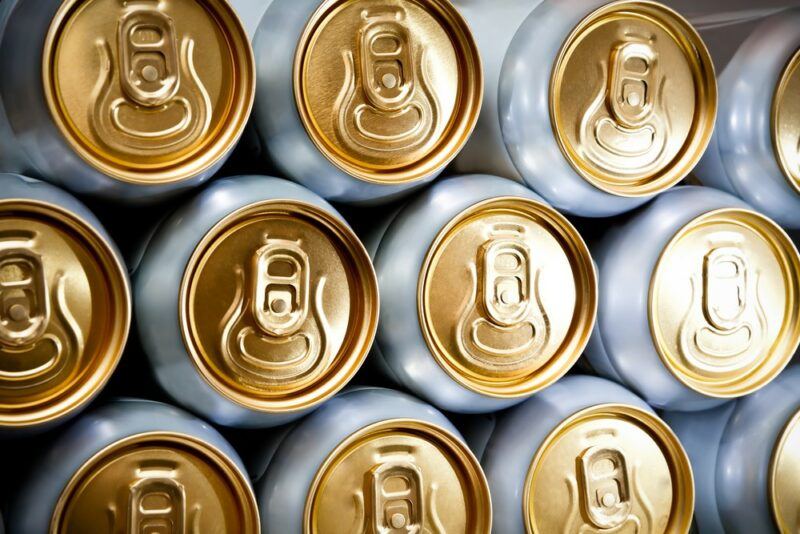
Reddit conversations on hurricane preparedness often feature alcohol high on the list. This could be your favorite bottle of whiskey, some cans of beer, or perhaps some wine. Alcohol certainly isn’t essential, but it does make your experience so much better.
Other Favorite Drinks
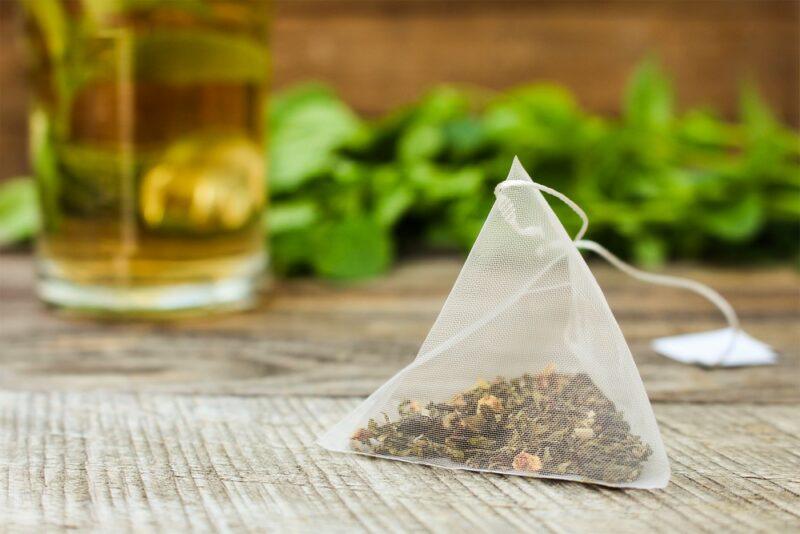
Finally, think about the drinks you rely on the most. Are you a tea drinker? Do you regularly have flavored water? Even energy drinks are a possibility if you drink them often.
Remember, the goal here isn’t just survival. It’s also important to make your experience as comfortable as you can. There are plenty of emotional challenges in the mix already, especially if you’re going for days without power. If the right food and drink make the experience easier – go for it!
Other Tips To Help You Prepare for A Coming Hurricane
Aside from the food, there are other things you can do to ensure your and your family’s safety during the hurricane season. Here are the tips that must be followed.
Establish An Evacuation Plan
Not everyone will need to evacuate when a hurricane comes. Some storms are not strong enough to warrant this. But in case a particularly strong hurricane comes, you need to have an established plan on what you are going to do when it is time to evacuate.
Some cities are able to give a warning to their residents to tell them that their homes must be evacuated as a precautionary measure. When you receive that warning, be sure to follow it. If you have other family members in the area, you may also agree to meet at particular places.
You can actually check just how you can be impacted by a hurricane. Most people think that hurricanes will only be a problem if you live near the coast, but they can actually impact even those that don’t live near them. Aside from flooding, strong winds and tornadoes can happen too. Find out how much risk your area has on this website.
Get Your Emergency Supplies Ready
If you don’t have a go bag yet, it’s time to build one. Your basic supplies kit should have food and water. You should allow one gallon per day per person. A mask and other stuff for sanitation, a flashlight and whistle, batteries, and chargers, and power banks for your phones.
You should also have a basic first aid kit and some medicines that may come in handy. If you are taking maintenance medicine, be sure to have extras just in case you will not be able to leave the house or pharmacies will not be open for a while. You should have a go bag for the house and another go bag inside your car.
Secure The Exterior Of Your House
Before a hurricane makes landfall, inspect your doors and windows to see that the seals are still intact. Make sure. to lock and close all your windows. If you live in an area that is impacted by hurricanes often, your windows should be shuttered, or even better, you can invest in impact-resistant doors and windows. This may cost more but it will pay off in the long run.
Your roof should also be inspected for any damaged shingles as they may fly off during a storm. If you have patios or porches, do look at them for any damages as well. Furniture should be placed inside as well as plants and other decorations that may be damaged during a hurricane.
If you have trees in your yard, check to see that they are maintained properly.
Unplug All Your Appliances
Unplugging your appliances is an important safety measure. If an electricity pole gets hit with lighting, an electrical surge may pass through the power lines and damage your appliances. This should be done before a storm to minimize the risk of electrocution.
If you are leaving your house before a storm, unplug all appliances too. This is for your safety just in case your house gets flooded. You don’t want to enter your house and become electrocuted.
Ensure Proper Storage Of Important Documents
Sometimes hurricanes can take you by surprise and you are not able to prepare properly for them. Many people lose copies of important documents because they failed to secure them. Documents like your house deed, insurance policies, and more should be kept safe. Put them inside waterproof containers and keep extra copies just in case.
Keep Vulnerable People In Your House Safe
Children and older people are not as strong as you are. Make sure they are away from anything that might fall in case of wind damage. This is also the same for your pets. Dogs must not be tied just in case it floods in your area. They will be able to swim safely if they are not tied.
Practice Caution Even After A Hurricane
Just because a hurricane has passed through does not mean you cannot be cautious. Even category 1 hurricanes can already cause damage to structures and power lines. Try to limit your movements and stay in the house. Stay away from fallen power lines and only venture out when local authorities have cleared the roads of debris, etc.



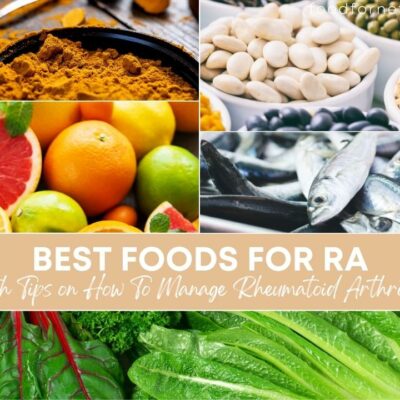



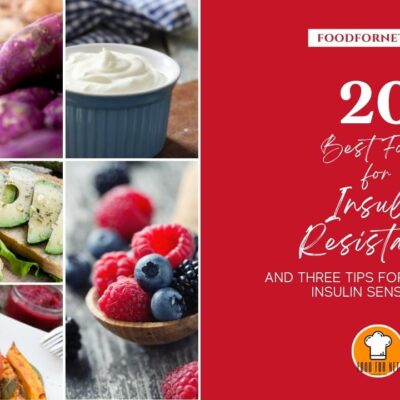


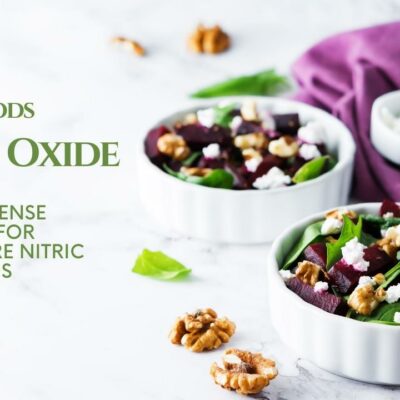


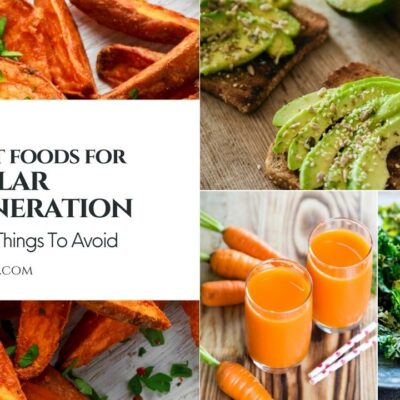


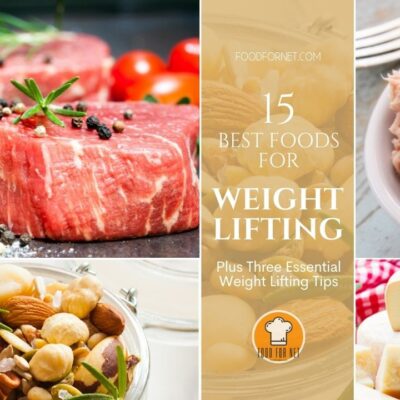
 20 Drinks For Acid Reflux That Can Offer Easy Relief
20 Drinks For Acid Reflux That Can Offer Easy Relief
Leave a Reply